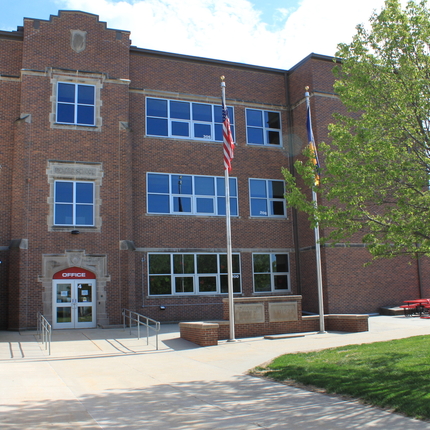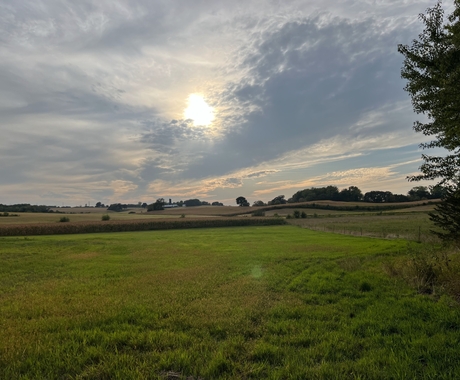Carlie Jonas, policy associate, carliej@cfra.org, 402.687.2100, ext. 1032 or Teresa Hoffman, senior communications associate, teresah@cfra.org, 402.687.2100, ext. 1012
LYONS, NEBRASKA – With only 10% of the state’s private school students living in rural Nebraska—accounting for about 3% of all rural students statewide—public support for private schools has been a concern among many rural residents since passage of the Opportunity Scholarships Act (OSA) earlier this year.
Passed as part of Legislative Bill 753, the OSA created a dollar-for-dollar tax credit program for donors who give to qualified scholarship granting organizations, which in turn, provide tuition scholarships for students to attend accredited or approved private schools in Nebraska.
Carlie Jonas, policy associate for the Center for Rural Affairs, said private schools receiving assistance from public funding will create competition for resources that are already scarce.
“Public schools are cornerstones of rural communities, especially in Nebraska where 48 of 93 counties do not have a private school,” Jonas said. “In the small and rural school districts that have faced consolidation, program cuts, and difficulty hiring and retaining teachers, losing even a few students to private schools could further erode the equalization aid districts receive from the state.”
A new Center for Rural Affairs white paper, “School Choice in Nebraska,” authored by Jonas, addresses the potential impact of the OSA on rural schools and communities, as well as other charitable organizations that aren’t afforded the same dollar-for-dollar tax credit as the OSA. Additionally, the paper outlines procedures public schools must follow to meet accountability and transparency standards and how those differ—and will continue to do so—from private schools.
“The Opportunity Scholarships Act restricts the state from creating new policies to govern accountability and transparency in private schools, despite receiving public dollars,” Jonas said. “This is problematic because if you are going to allow public funding to a private school then they should have to adhere to the same requirements as their public school counterparts.”
In the first three years of the program, $25 million is allocated to the OSA, and beginning in 2027, the fund will be allowed to increase up to 25% yearly, based on demand, with a cap of $100 million. Jonas said in other states where similar programs have been instituted, expansion led to a reduction in funding for public schools.
To read more about the OSA, view and download “School Choice in Nebraska” at cfra.org/publications.




